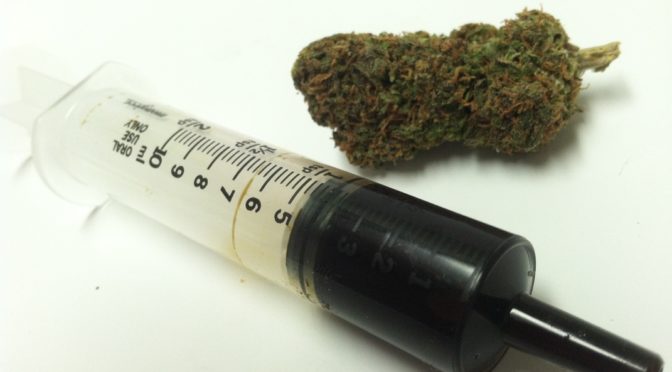Pennsylvania is poised to become the 24th state to allow for the dispensation and use of medical marijuana, so it is time to examine this law and its impact on drivers and driving privileges.
The new Pennsylvania law allows physicians to prescribe marijuana to treat the effects of 17 specific conditions and disorders, as follows:
- HIV
- AIDS
- ALS (Lou Gehrig’s Disease)
- Parkinson’s Disease
- Multiple Sclerosis (MS)
- Epilepsy
- Huntingdon’s Disease
- Inflammatory Bowel Disease
- Post-Traumatic Stress Disorder
- Crohn’s Disease
- Autism
- Intractable Seizures
- Glaucoma
- Sickle-Cell Anemia
- damage to the nervous tissue of the spinal cord with objective neurological indication of intractable spasticity
- Neuropathies
- Neuropathic Pain / severe chronic or intractable pain that is untreatable.
If you suffer from the effects of one of the conditions listed above, and a doctor has properly diagnosed you with that condition, then you may have legal permission to receive a medical marijuana prescription.
It will still be illegal to obtain marijuana to smoke – the only approved delivery methods for medical marijuana in Pennsylvania are as a pill, oil, tincture or liquid; in a topical form, such as a gel, cream or ointment; or in a form medically appropriate for vaporization or nebulization.
Modern Driver Institute specializes in providing defensive driver education for novice individuals diagnosed with autism, which is a treatable condition under the new law. The overwhelming majority of states which have already passed medical marijuana laws do not recognize autism as an eligible condition, making Pennsylvania the first to explicitly list it.
The research connecting autism with any efficacy of marijuana is limited mostly to animal studies, as few institutions are willing to sign off on studies where children take a drug primarily used to get high. The basic theory is that a gene mutation present in autism limits the ability of the brain to utilize endocannabinoids, a naturally-occurring chemical our bodies make that is similar to THC, the active ingredient in marijuana. This limitation is thought to possibly create the “typical” symptoms which manifest in autism, and the thought is that adding THC could help diminish these.
There are two primary components of marijuana: THC, which causes psychoactive reactions within the brain (and is therefore considered when discussing drugged driving) and CBD, which has no impairing effects and is not considered when discussing drugged driving. At the time of this writing, I’m still pouring over the little credible research that exists to see if there is anything hinting at the possibility of CBD alone impacting autism.
Now, the new medical marijuana law does NOT replace or modify existing laws in Pennsylvania with respect to controlled substances. This is critical to understand if you are considering using medical marijuana as therapy, but wish to learn to drive or continue driving.
Under current Pennsylvania law, a registered patient who is prescribed medical marijuana “may not operate or be in physical control of any of the following while under the influence with a blood content of more than ten nanograms of active tetrahydrocannabis per milliliter of blood in serum: (I) a motor vehicle. (II) an aircraft. (III) a motor boat. (IV) heavy machinery. (V) a mode of transportation in a manner that would constitute an offense under 75 PA.C.S. CH. 38” (relating to driving after imbibing alcohol or utilizing drugs.)
Two important things to understand here. First, the amount of active THC (10Ng/ml) considered above the limit in Pennsylvania is really, really small. Which means a single use could put you over the legal limit to drive. Second, the rate at which active THC decays and becomes undetectable in the human body varies widely, depending upon many factors, including how much you took, how often you take it, body mass, natural metabolism, et cetera. A single dose may show up in your system for 1-4 days afterward. If you are on a prescription and are a regular user, the active level of THC in your bloodstream could be above the legal limit for as much as 30-90 days after your last dose.
What this means is that anyone who is prescribed medical marijuana in a form that includes active THC in the state of Pennsylvania is essentially prohibited from driving. If you have autism, are considering pursuing medical marijuana, and either currently drive or are planning to learn to drive, be sure to discuss this thoroughly with your doctor. If you are prescribed medical marijuana containing active THC on a regular basis, you will not be able to drive. If you are prescribed medical marijuana containing active THC “as needed”, be aware of how long this chemical remains detectable in your bloodstream, and do not drive during this time.


